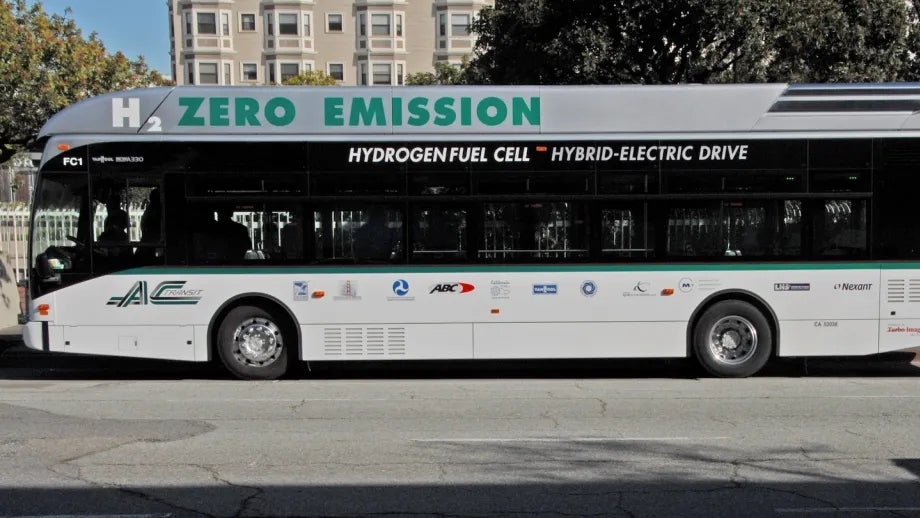Cap and Trade Funding
California’s Cap and Trade program collects revenues to offset greenhouse gas emissions. MTC helps the Bay Area submit projects that will strongly compete for these dollars.
The Cap and Trade program reduces pollution by imposing limits on emissions. These limits become stricter each year.
Major emitters must buy an allowance for every ton of carbon dioxide they release into the air.
State law requires this money to be spent on projects that reduce greenhouse gas emissions.
MTC helps the Bay Area compete for these funds and works with regional partners to distribute funds that come to the region by formula.
Statewide Investment Strategy
Sixty percent of the Cap and Trade program’s ongoing revenues are dedicated to investment in sustainable communities and clean transportation.
This includes:
- High-Speed Rail Project: 25%
- Affordable Housing and Sustainable Communities: 20%
- Transit and Intercity Rail: 10%
- Low-Carbon Transit Operations: 5%
The state Legislature decides each year on how to invest the remaining 40% of revenues. This money supports projects like:
- Housing
- Transportation
- Reducing impacts of wildfire
- Clean energy
- Urban greening
MTC's Cap and Trade Framework
MTC’s Cap and Trade Framework helps align investments are aligned with regional goals, including:
- Fleet replacement, state of good repair, core capacity improvements and key transit expansion projects for the Transit and Intercity Rail Capital Program (see below)
- Fare policy programs, improvements to key transit corridors and support for small operators through the Low-Carbon Transit Operations Program (see below)
- Advancing projects consistent with Plan Bay Area
Particulates in the air have an impact on our air quality and our health. See historical statistics at the Vital Signs website.

Cap and Trade programs are managed by various state agencies, each with their own timelines and program guidelines. See the websites below for up-to-date information.

